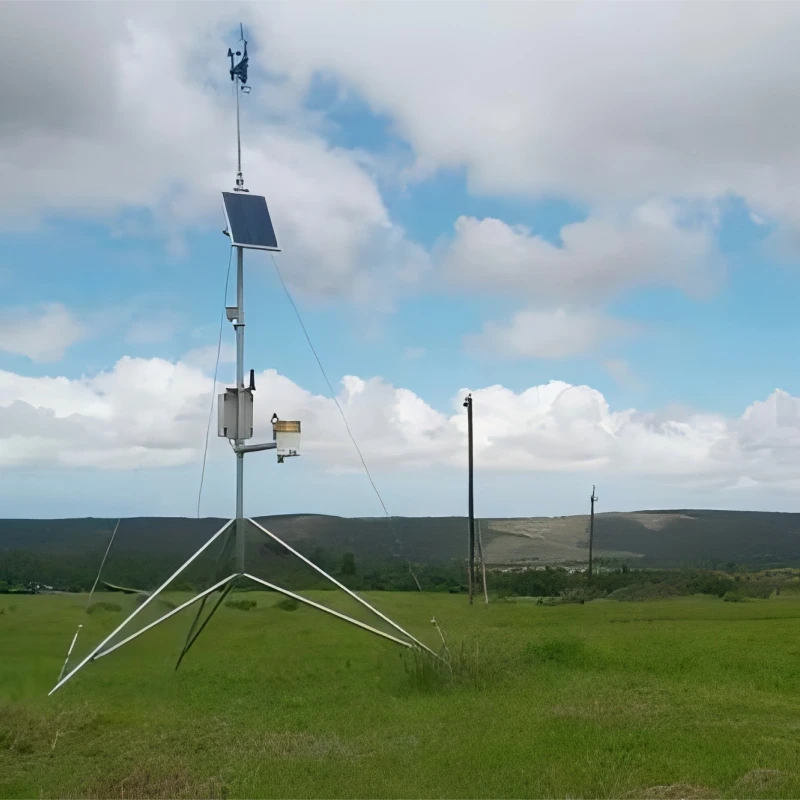
# Weather Measuring Instruments: Essential Tools for Accurate Meteorological Data Collection
Weather measuring instruments are indispensable tools for meteorologists, researchers, and weather enthusiasts. These devices provide critical data that helps us understand and predict weather patterns, ensuring safety and preparedness in various sectors. From temperature readings to wind speed measurements, each instrument plays a unique role in collecting accurate meteorological data.
## Thermometers: Measuring Temperature
One of the most fundamental weather instruments is the thermometer. Used to measure air temperature, thermometers come in various types, including liquid-in-glass, digital, and infrared. Accurate temperature readings are essential for predicting weather changes, assessing climate trends, and even planning daily activities.
## Barometers: Tracking Atmospheric Pressure
Barometers are designed to measure atmospheric pressure, a key indicator of weather changes. A sudden drop in pressure often signals an approaching storm, while rising pressure typically indicates fair weather. Mercury and aneroid barometers are the most common types, each offering precise readings for weather forecasting.
## Anemometers: Gauging Wind Speed
Wind speed is a critical factor in weather analysis, and anemometers are the go-to instruments for measuring it. Cup, vane, and hot-wire anemometers are widely used to determine wind velocity, which is vital for aviation, marine navigation, and renewable energy projects like wind farms.
## Hygrometers: Monitoring Humidity Levels
Hygrometers measure the amount of moisture in the air, known as humidity. High humidity levels can influence weather patterns, affect human comfort, and even impact agricultural productivity. Psychrometers and capacitive hygrometers are popular choices for accurate humidity readings.
## Rain Gauges: Measuring Precipitation
Rain gauges are essential for measuring the amount of precipitation over a specific period. This data is crucial for water resource management, flood forecasting, and agricultural planning. Tipping bucket and weighing rain gauges are commonly used for their reliability and precision.
## Weather Stations: Comprehensive Data Collection
Modern weather stations combine multiple instruments into a single system, providing a comprehensive overview of weather conditions. These stations often include thermometers, barometers, anemometers, hygrometers, and rain gauges, offering real-time data for accurate weather forecasting and analysis.
## The Importance of Calibration and Maintenance
To ensure the accuracy of weather measuring instruments, regular calibration and maintenance are essential. Environmental factors, wear and tear, and technological limitations can affect performance. Proper care and periodic checks help maintain the reliability of these tools, ensuring consistent and precise data collection.
## Conclusion
Weather measuring instruments are the backbone of meteorological science, enabling us to gather accurate data and make informed decisions. From thermometers to weather stations, each device plays a vital role in understanding and predicting weather patterns. By investing in high-quality instruments and maintaining them properly, we can continue to advance our knowledge of the atmosphere and improve weather forecasting for the benefit of all.
Keyword: weather measuring instruments
